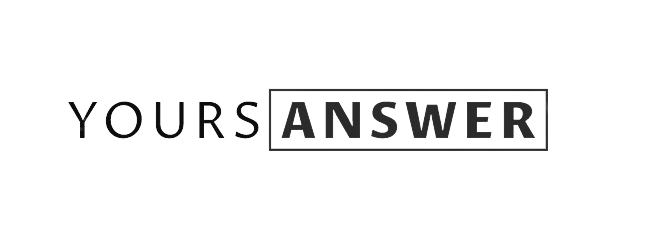The main purpose of book cover design is to pull potential readers’ attention away from all of the other books and novels on their nightstand and persuade them that yours is the next book they should read. It’s always nice to think that well-written books are the ones that are the most popular and sell out more, however, it’s not the case, and thousands of books being published online has taken the game to another level. What you as an author need is to attract the people and get their attention among the thousands of books to increase your sales. People should be intrigued to read your book which they will judge from the cover. The saying, don’t judge a book by its cover is never true as people will only look at the cover design of your book and decide whether it’s worth their time and money. You can hire professionals like book cover design companies to get the best cover for your book. But what makes a book cover stand out from the crowd? Let’s look at the structure of a book cover and how you may make it appear unified and appealing to your readers.
There are three main aspects of a book cover: The front cover, the back cover, and the spine.
Front Cover:
Consider your front cover to be a sneak peek within your book. Your front cover is what your reader will use to decide whether or not they want to invest their time and money in reading your novel, much like a movie preview is there to help people decide whether or not they want to pay $20 to see a movie. This is your chance to capture their interest and persuade them to read your book. The front cover also includes two sub-features: The images and the text.
Images:
The images in your book cover could contain a number of things, it could have photographs, designs, geometrics, or any picture that’s related to your book. Whatever imagery you decide to use; you should showcase it in a way that feels true to the spirit of your book. Also, make sure you use the image in a way that suits your design. Make sure the image does not overwhelm the typography and is in a well-balanced arrangement. You don’t want to have a lot of images in the upper right corner of the cover and don’t have anything to put in the other three corners to make up for it. The images play a vital role in attracting the readers as it gives them an idea of what the book might hold for them.
Text:
The title of your book, the subtitle (if any), and the author’s name should all be included in the typography on your cover. Use text hierarchy to draw attention to the most significant information (for example, your title text should be larger than your subtitle text). In terms of text placement, you may put your title towards the top or near the bottom of your cover; just make sure it’s above your name so it’s the first thing visitors see. If you’re publishing an eBook, pay special attention to how your cover appears when viewed at a small size, as most people will only see it as a thumbnail. Make sure your cover has one distinct visual element that expresses your story and stands out on the screen. The correct book cover design may boost your visibility by more than 50%, which means more people will pick up your latest book and pay you more money.
Back Cover:
Once the readers are intrigued by your front cover they will quickly flip over your book to get more insight into what the insides of the book hold for them. The perfect back cover design is also very important as you wouldn’t want readers to get interested in your book by looking at the front cover then flipping the book only to be turned off by the back cover. The back cover is your chance to build on the intrigue you sparked on the front cover and close them on the idea that your book can’t be missed.
On the back cover, you can include:
. A blurb about your book, also known as the book description
. Book reviews
. An author bio
. ISBN and barcode
Your back cover should mainly focus on the book description or the testimonials you added as these elements will prove to be the most important in pushing potential customers over the edge and making a purchase. You can then include your author bio, ISBN, and barcode at the bottom of the page.
If you’re publishing a hardcover book, some of this information can be put onto interior flaps of the book cover. Similarly, if you’re publishing digitally, this info will be texted on the eBook’s description page.
The Spine:
The spine is the last aspect of your book cover design that you’ll need to consider. Because most retailers arrange books vertically, your spine is the sole method for potential readers to find your masterpiece on the shelf
You’ll want to keep things basic when it comes to spines. Write the title at the top of the spine, this should also be in the largest font. Then, near the bottom, provide your author name, followed by your publisher’s imprint. You would want to check the formatting of the spine according to the length of the book as you would have formatting issues later on. You could also use the help of online services like book cover design companies in order to get the best designs and avoid any issues.






























